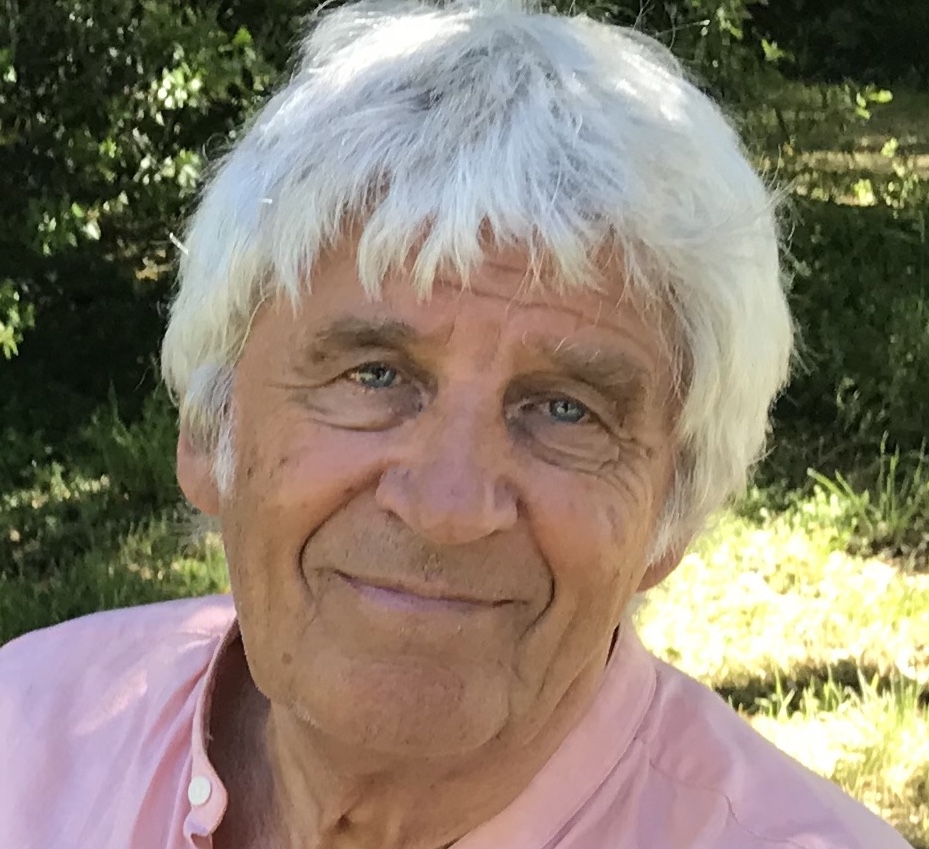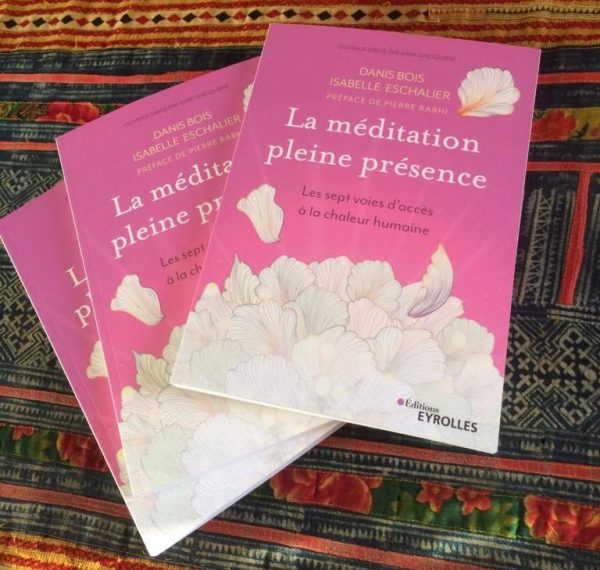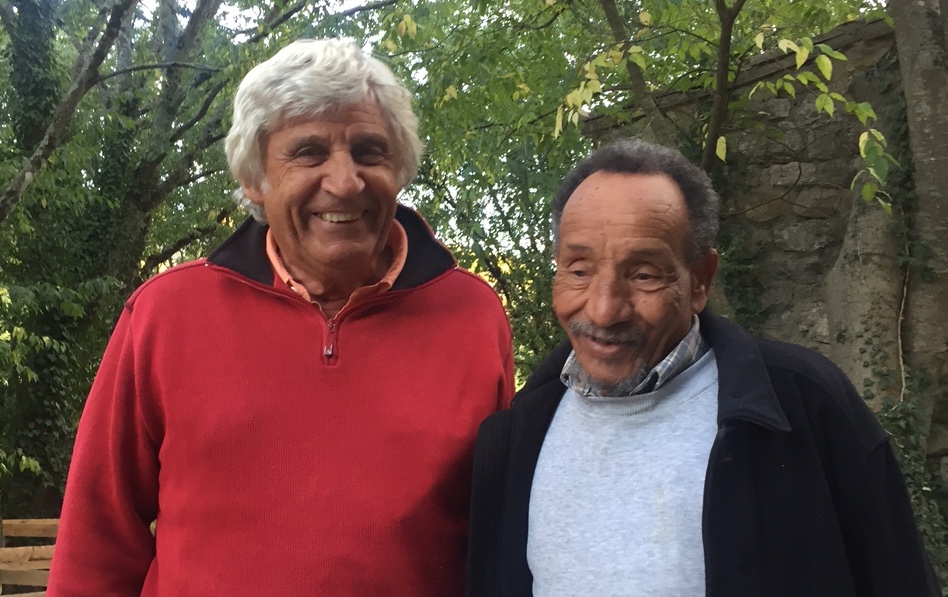
Danis Bois
I hold a Ph.D in Social Sciences and a professorship in Psychoeducation at the University Fernando Pessoa (Porto) and have directed the Centre for Applied Research and Studies (CERAP) for 15 years.
In the early 2000s I began to establish verbally guided meditation in an academic setting.
At that time, this was quite an audacious thing, as meditation had not yet become recognised in this environment. Every morning, I would begin my lecture with a guided meditation to optimize the cognitive performance of the students and to awaken in each of them their human sensing and sensitive chord. In doing this I was breaking with the ancestral traditions of the Indian teachers I had visited who meditated in complete silence. There we would settle in the lotus position, back straight and penetrate the silence without the slightest instruction from our guides. The result was that we either perceived the absolute, or not.
A little retrospective
During these years, I guided group meditations for the people I trained in fasciatherapy. Naturally influenced by my visits to India, silence was the main support of the meditation. Through the silence, an energy in motion circulated that awakened the sensitive chord of the budding meditator. Or so I thought, sure as I was that the students were experiencing the same as I was. It took me a while to realise that the great majority of them were not feeling very much at all and patiently waited for this morning chore to end.
To solve this situation, I decided to take a different approach: I introduced verbal guidance in the form of instructions that were spontalenously coming to mind. In fact, I was simply verbally externalizing the thoughts and feelings that were rising to my awareness during the meditation. I was describing out loud the present experience and offered in this way a guided tour of a whole range of sensations that were available to collective consciousness (sensations of warmth, depth, wholeness, self-presence, sense of existing, of calm, tranquility, confidence, trust and presence to the inner movement). This enabled some of the students to identify similarities with their own experience. Over time, the verbal guidance became richer with a broader spectrum of instructions, each of which had a specific function in facilitating the meditation.
Before it became known as Full-Presence Meditation, the meditation practice that I teach today was called ‘sensorial introspection’ for two reasons: firstly as the term meditation was at that time taboo in academia and also as this name reflected the importance of perception in our meditative practice.
The notion of Full-Presence gradually emerged to highlight the relational dimension of the introspective practice. This shift ran in parallel with the following question: How can the practice of meditation be simplified and, by that process, be made accessible to as many people as possible. The meditative practice that I proposed was very engaging and demanded a high degree of cognitive, perceptual and relational abilities. It appeared that it was directed to an elite, and I very much regretted that.
With time, presence became the focus of my academic research. Though the symptoms of malaise have been identified for a long time, the symptoms that accompany a lack of self-presence are lesser known, as for example experiencing boredom when we are left alone or experiencing boredom with the present moment for a lack of inhabiting it fully, with the strange impression that we are either running after our life or ahead of it. How many missed opportunities ….
I was becoming aware of the difficulties that some people were experiencing in their practice of meditation: sitting in an armchair for twenty minutes, closing our eyes, settling into a motionless and relaxed posture and remaining silent are the best conditions to give our brains a rest. And yet this situation of rest triggered for some people unpleasant reactions (emotional reactions, negative thoughts, boredom or anxiety). It is in answer to this problem that I elaborated a step-by-step process to teach meditation.
The progressiveness of the four steps of the step-by-step pedagogy
Step 1
Aimed at achieving objective tasks such as breathing slowly and deeply starting from the abdomen, then the thorax.
Step 2
TTakes into account the resulting effects of the task. In this context, feeling is more engaging than doing an exercise
Step 3
Stimulates insights and behavioural changes. This stage involves cognitive and psychological abilities, as well as more refined types of intelligence.
Step 4
Tends towards more human warmth and higher purpose. Requires a life discipline and ethics that are coherent with the values we carry and our actions.
Guided meditation by Danis Bois and Guy Corneau
This site offers me the opportunity to share my experience of meditation and to present the specific characteristics of Full-Presence Meditation: What consciousness are we talking about ? What presence are we talking about ? What is the role of perception and of sensoriality ? What does the notion of ‘full’ mean in the context of the meditation? Through weekly meditations and the program to optimize self-esteem and benevolence (as well as a masterclass in French), I invite you to penetrate at the centre of our meditative practice and to discover what is behind the latest innovation of Full-Presence: the Full-Presence Educational Process and the program that is associated with it : the Step By Step process.


Pierre Rabhi (extract from the preface) (extract from the preface)